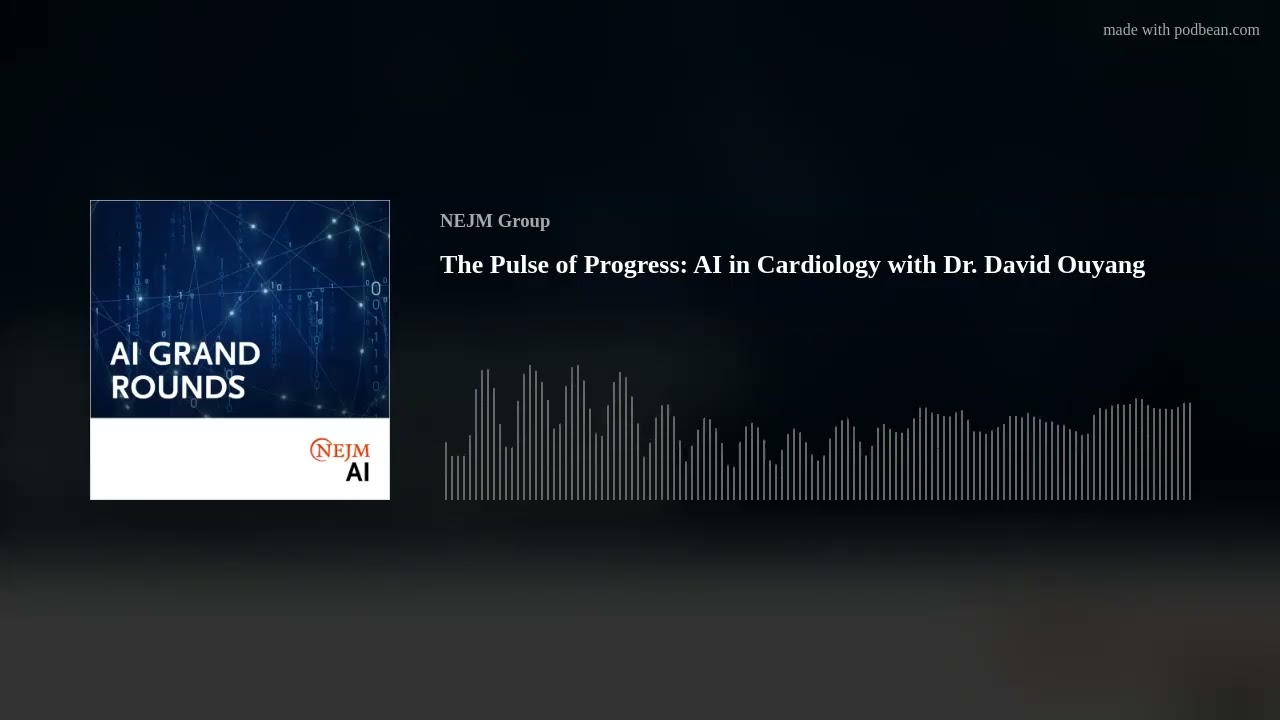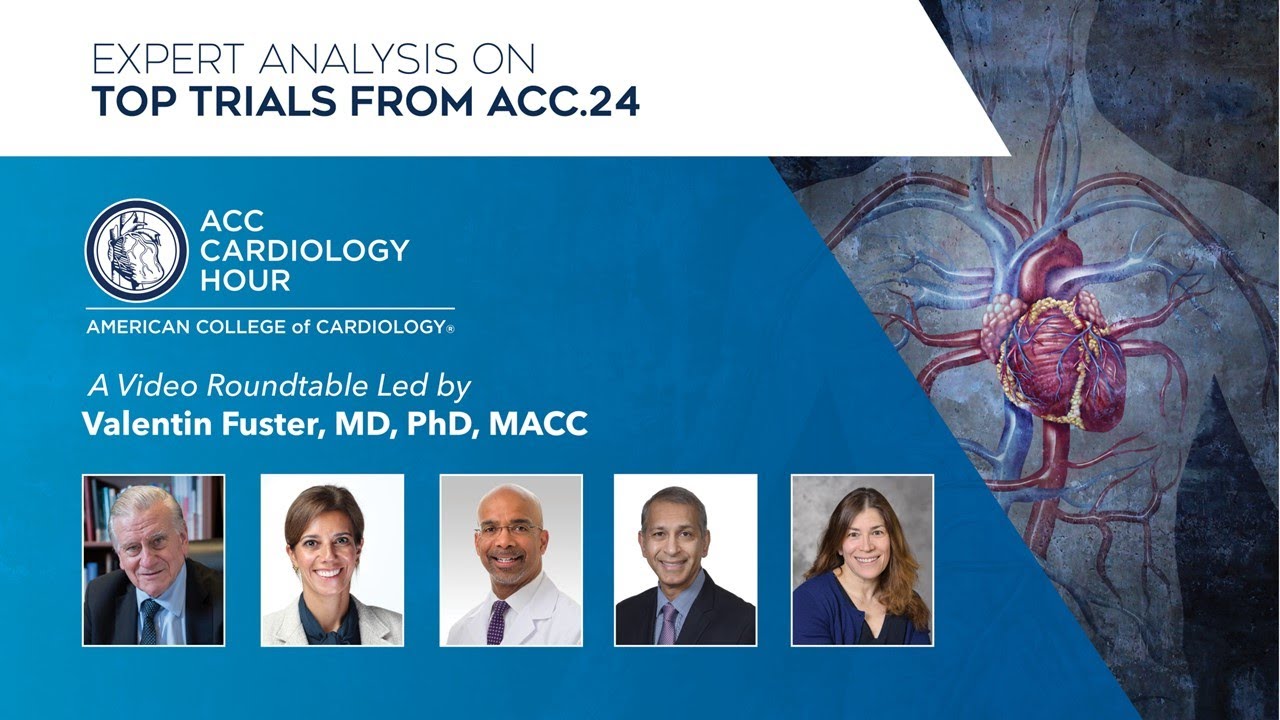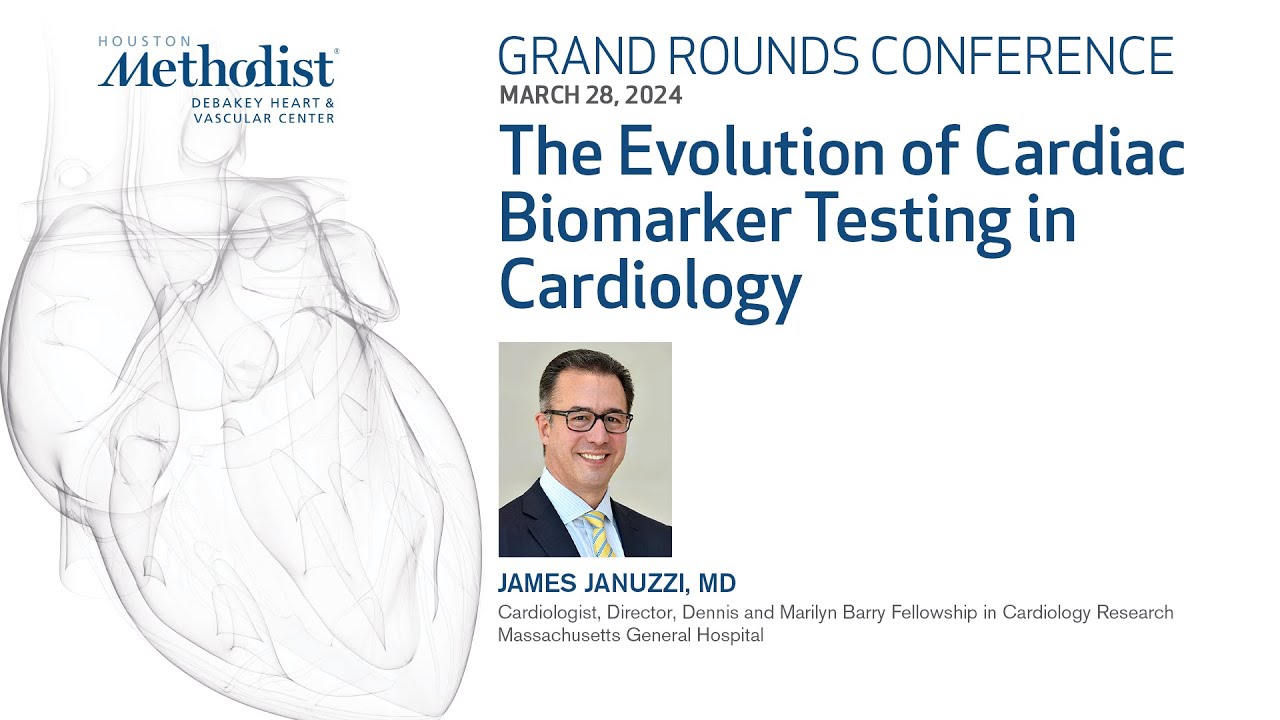Vernakalant bests amiodarone for recent-onset atrial fibrillation
Reuters Health • The Doctor's Channel Daily Newscast
As reported in the Journal of the American College of Cardiology online January 10th, more than 50% of vernakalant patients in the phase III trial achieved sinus rhythm within the first hour and a half after starting treatment, compared with 5% of amiodarone patients.
As a result, the researchers say, vernakalant reduced risk of recurrent atrial fibrillation (AF), as well as the need for long-term anticoagulation, electrical cardioversion and hospitalization.
Lead author Dr. A. John Camm, from St. George’s University of London, U.K., and his team note that vernakalant is a novel antiarrhythmic agent with limited actions on ventricular tissue and a short half-life. It has yet to gain approval from the U.S. Food and Drug Administration, though it is approved in the E.U.
The double-blind, double-dummy study included 232 adults up to 85 years old with symptomatic AF (duration 3 to 48 hours) who were hemodynamically stable and adequately hydrated.
Patients with acute decompensated heart failure or coronary syndromes, hypertrophic cardiomyopathy, history of ventricular arrhythmias, or baseline QT intervals > 440 ms were excluded. Still, 35% of participants had structural heart disease.
The researchers evenly assigned the cohort to vernakalant or amiodarone treatment. They administered vernakalant as a 10-minute infusion of 3mg/kg, followed by a 15-minute observation period and an additional 10-minute infusion of 2 mg/kg if the patient was still in AF.
Patients randomized to amiodarone received a 60-minute infusion at 5 mg/kg, followed by a maintenance infusion of 50 mg over the next hour. Patients in both groups also received a placebo infusion in a second line.
In the vernakalant group, 60 of 116 (51.7%) went into sinus rhythm within 90 minutes, compared to 6 of 116 (5.2%) in the amiodarone group (relative risk 10.0, p < 0.0001). Except for one patient treated with vernakalant, the other 65 patients stayed in sinus rhythm through 4 hours.
Vernakalant was also associated with greater likelihood of being asymptomatic at 90 minutes (53.4% vs 32.8%, RR 1.63, p = 0.0012).
During the first 2 hours post-dose, 22 patients (19.0%) in the vernakalant group experienced treatment-related adverse events, including three serious adverse events, while one patient (0.9%) in the amiodarone group had an adverse event considered serious. In addition, 10 vernakalant patients and one amiodarone patient developed atrial flutter within 4 hours.
Even so, Dr. Camm’s group concludes, “Both vernakalant and amiodarone were safe and well tolerated.” There were no drug-related deaths or cases of torsades de pointes, ventricular fibrillation, or sustained ventricular tachycardia in either group.
They note that their choice of amiodarone as comparator was based on its common usage for conversion of AF and its availability in all countries that participated in the study. Other potential choices were propafenone and flecainide, which they say are contraindicated in patients with AF with structural heart disease, and ibutilide, which has an elevated risk of torsades de pointes.
Commenting on this choice in an editorial, Dr. Bruce D. Lindsay writes, “The decision to compare vernakalant with amiodarone seems very relevant.”
The editorialist, from the Cleveland Clinic Foundation in Ohio, concludes that, although results from vernakalant trials “are encouraging and may lead to approval by the FDA, caution should be exercised if the drug is administered to patients with more extensive heart disease or comorbidities who were excluded from these studies.”
The study was supported by Cardiome Pharma Corp. (Vancouver, Canada). Six authors report financial ties with this and other pharmaceutical companies, including two who are employed by Cardiome.
J Am Coll Cardiol 2011.






